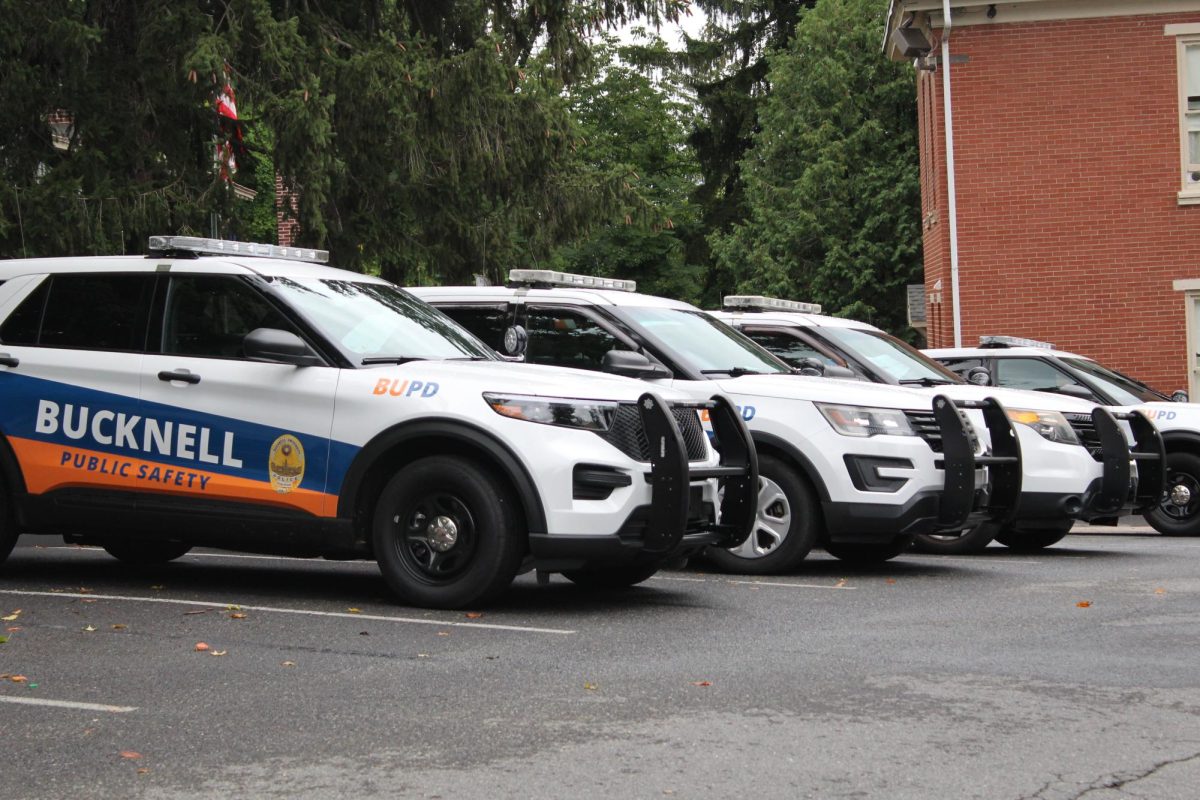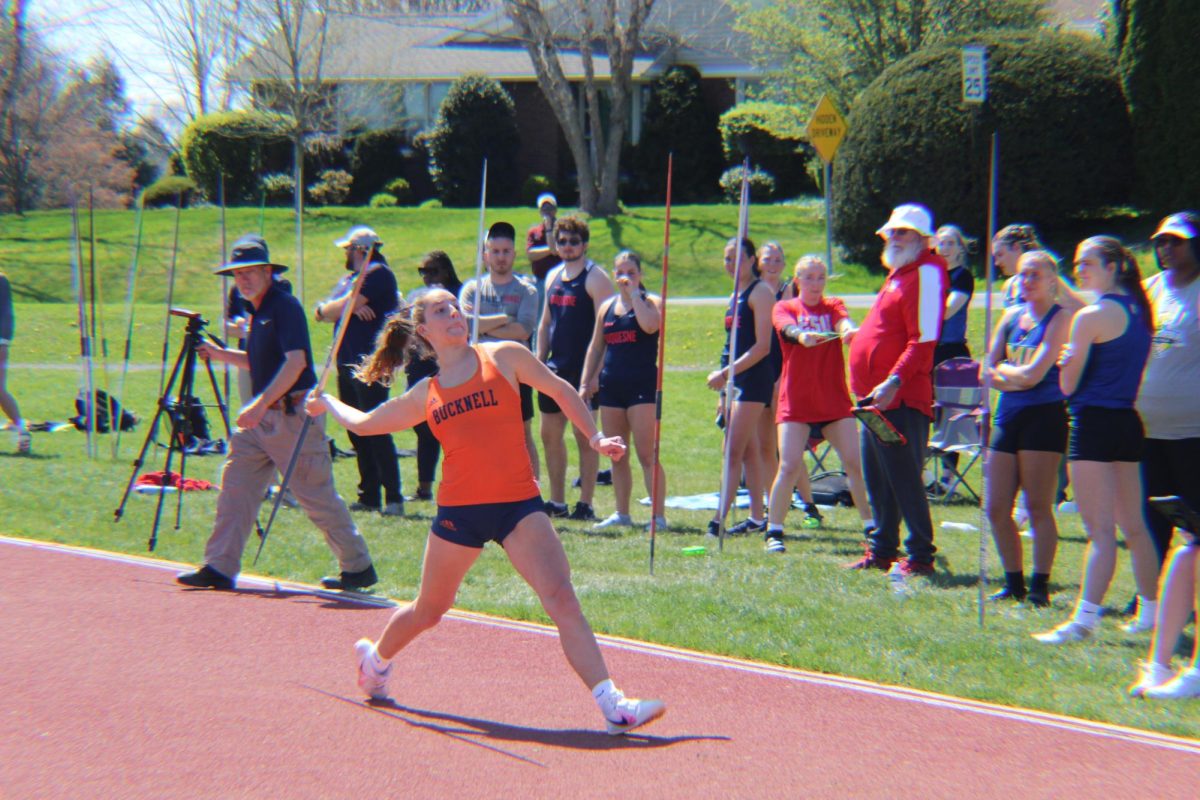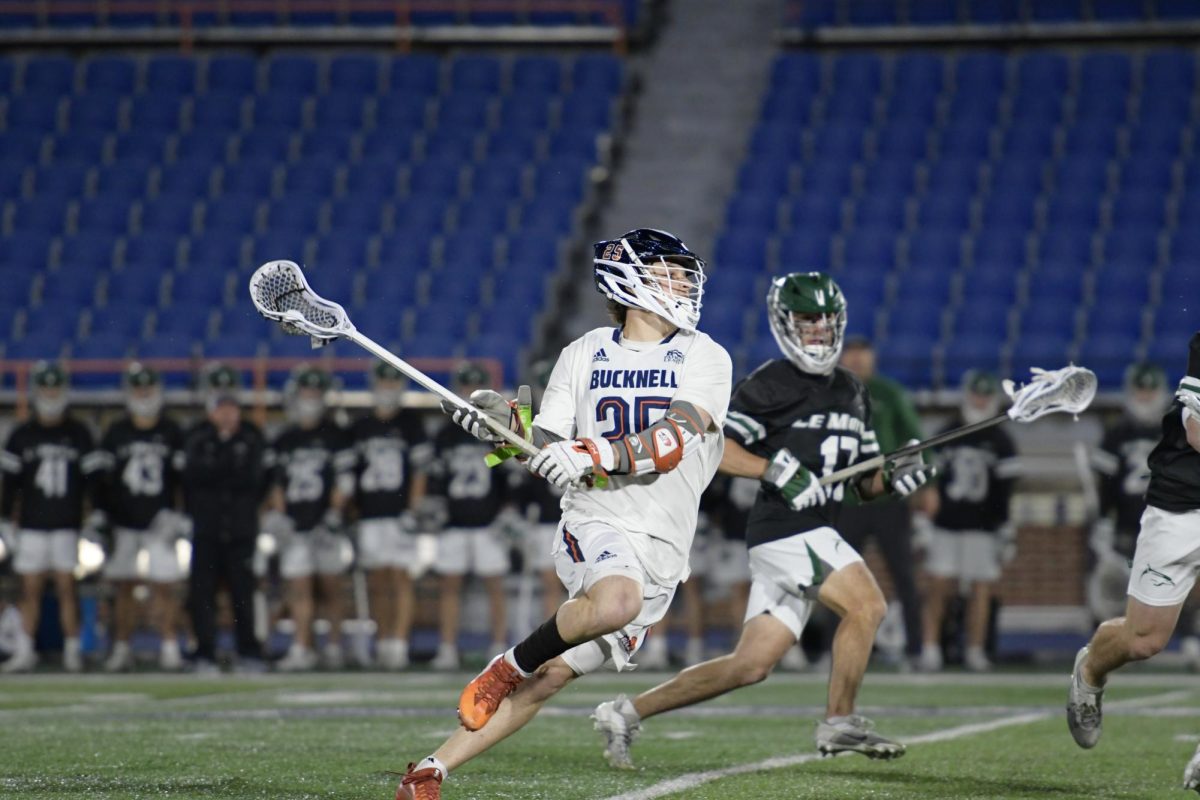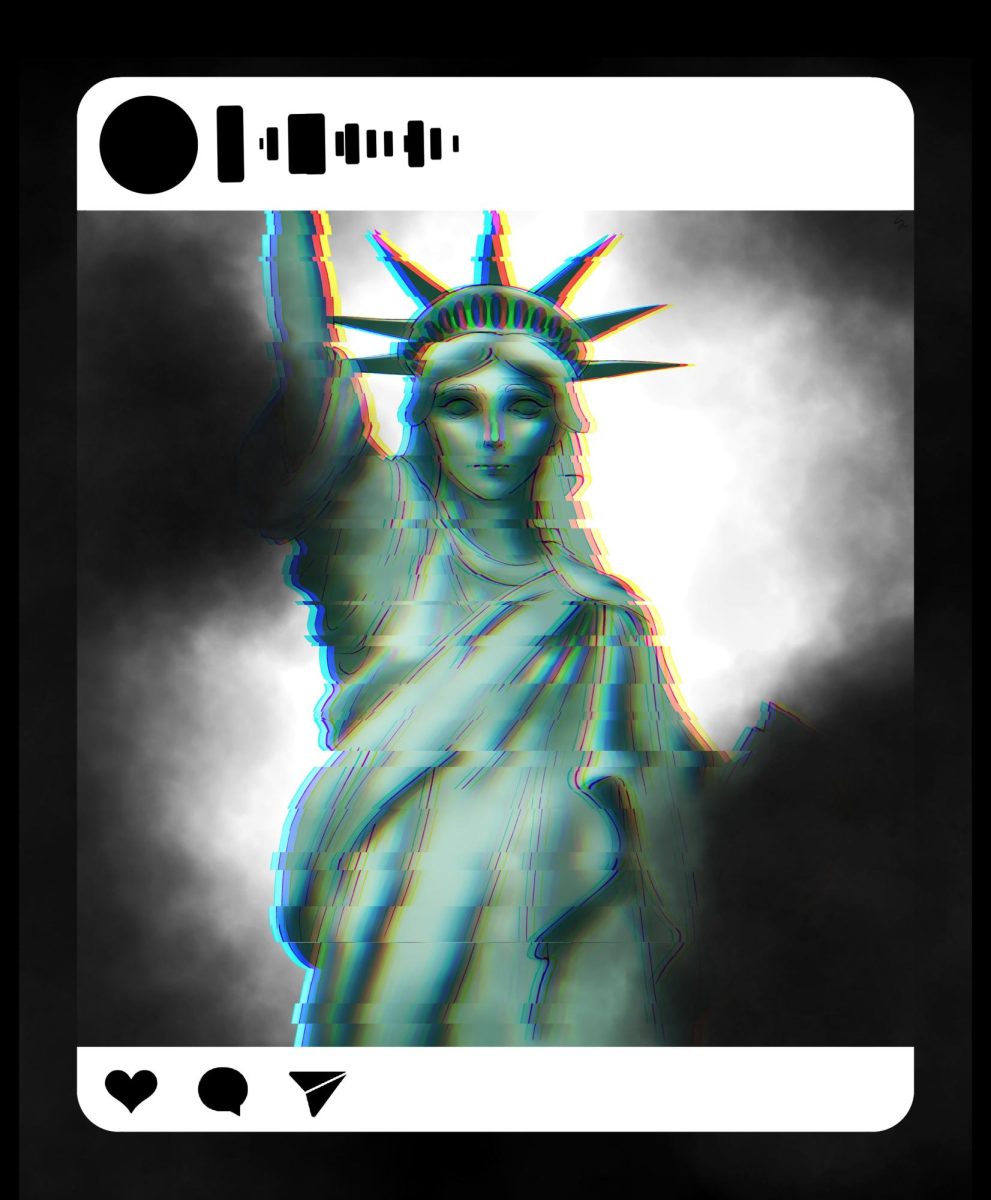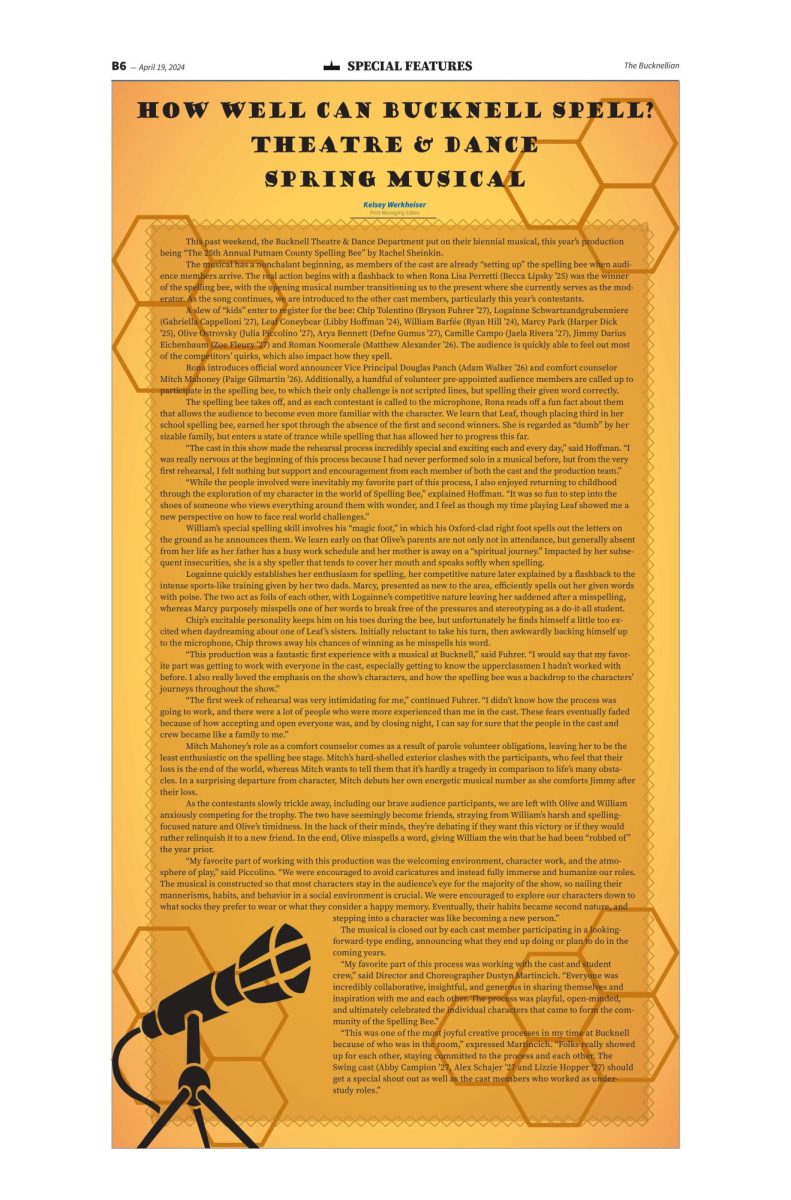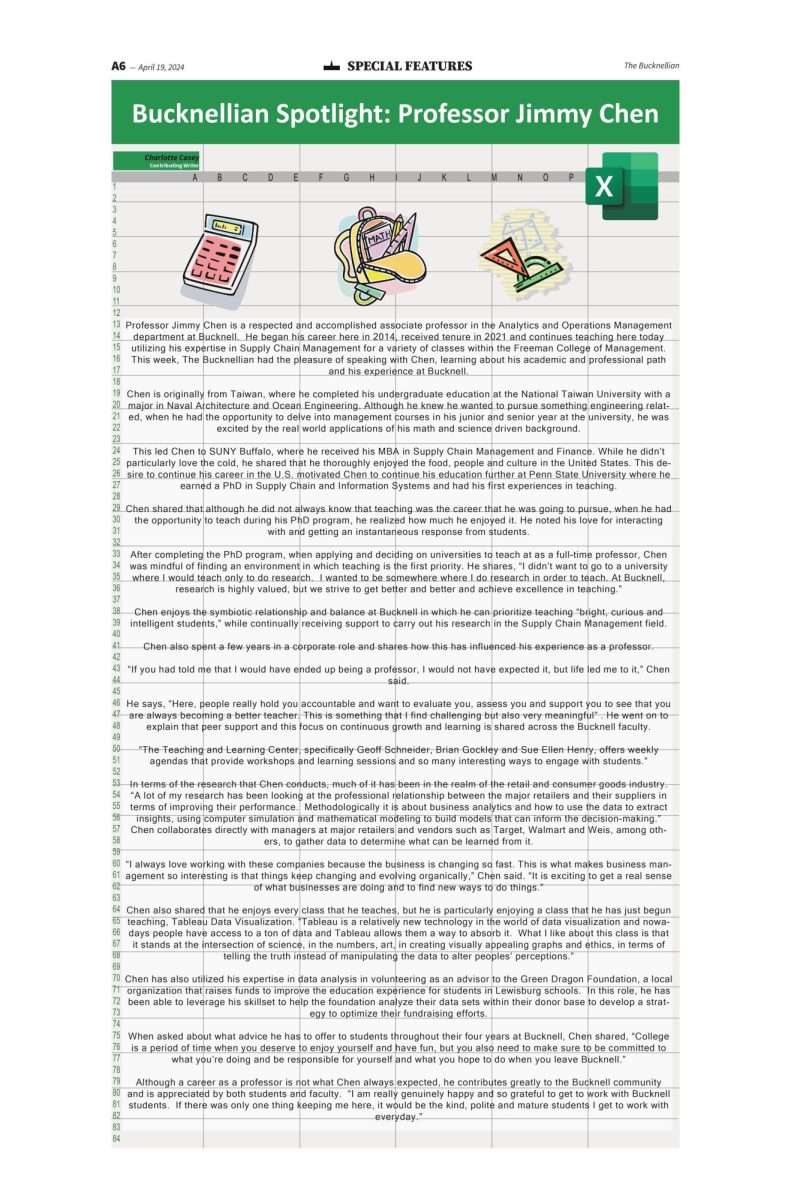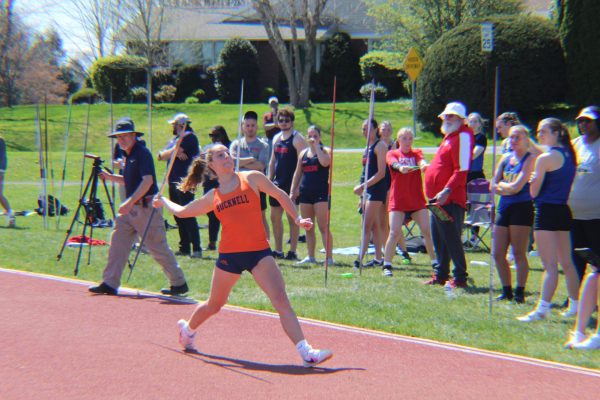Killing the black body: Dorothy Roberts discusses race and reproduction
April 6, 2017
Dorothy Roberts, decorated scholar and Professor of Law and Sociology at the University of Pennsylvania, gave a lecture in the Forum of the Elaine Langone Center on April 4. Roberts gave a lecture on her 1997 book “Killing the Black Body: Race, Reproduction, and the Meaning of Liberty” and the history of reproductive regulation of black women’s bodies in the United States.
The lecture focused primarily on Roberts’ work and how the same issues have transformed since her book’s publication twenty years ago. The talk was part of the Griot Institute for Africana Studies The Black Body (Re)Considered series and was co-sponsored by the department of sociology and anthropology.
Roberts investigates the various ways that black women’s reproductive freedoms have been impeded by history and policy in the United States, as well as what that means in today’s cultural and political climate.
“The book is about the long and continuing history of regulation of black women’s childbearing, beginning in slavery and continuing to then, the contemporary time, which was the late 1990s,” Roberts said. “It looks at various policies and institutions and practices and customs that treat black women’s bodies as subject to government regulation and devalue.”
Students were enlightened by Roberts presentation, impressed by what they learned and rendered speechless for a period of time.
“She tore apart myths such as the welfare queen, the black mammy, and the crack baby, hoping to educate her audience on what needs to happen to liberate reproductive health from the jays of racist institutions/systems,” Griot Institute Graduate Assistant Sam Lauer said. “We were so stunned that no one could even formulate a question for a solid few minutes until a professor broke the ice.”
Beginning with slavery, Roberts discussed how slave owners controlled reproduction to promote the creation of children who would be born into slavery, then moved into a discussion of the post-emancipation era, when movements for birth control coincided with the eugenics movement.
“You have this tension between birth control as a means of freedom and birth control as a means of population control,” Roberts said, referencing the simultaneous movement of eugenists that targeted controlling the black population and the movement of black women who fought for control of their own fertility.
Roberts detailed how health problems during pregnancy allowed women of color to be targeted and prosecuted for fetal crimes.
“That was not aimed at protecting black fetuses, but punishing black women for having children,” Roberts said.
Roberts also discussed how welfare reform and high tech reproduction industry affect women’s access to income, health care, reproductive freedom, and ability to provide and raise a family.
“I finish the book by arguing for a different view of reproduction, that takes into account the role of racism in reproductive freedom and policy and health, and arguing for a view of reproductive freedom grounded in social justice,” Roberts said.
Vintage Press has recently released a 20th anniversary edition of “Killing the Black Body” with a preface addressing changes over the past two decades. Roberts continues to reflect on the positive and negative changes she has seen surrounding reproductive rights.
“This is really a history where you can plainly see how policies that were targeted at stigmatizing and restricting the most vulnerable, most marginalized women have led to policies that affect all women in different ways … we are all affected by policies that devalue the lives and decision making of women,” Roberts said.
Roberts argued for the need to improve education of these issues and encouraged students to join organizations that concentrate on reproductive health and social justice.
“Various forms of oppression–gender, race, sexuality, class, religion, disability-–all intersect in various ways to restrict women’s reproductive freedom,” Roberts said. “I hope that [students] can become more enlightened about the intersection of various forms of oppression and movements for liberation that are essential to understanding reproductive freedom in the United States.”

